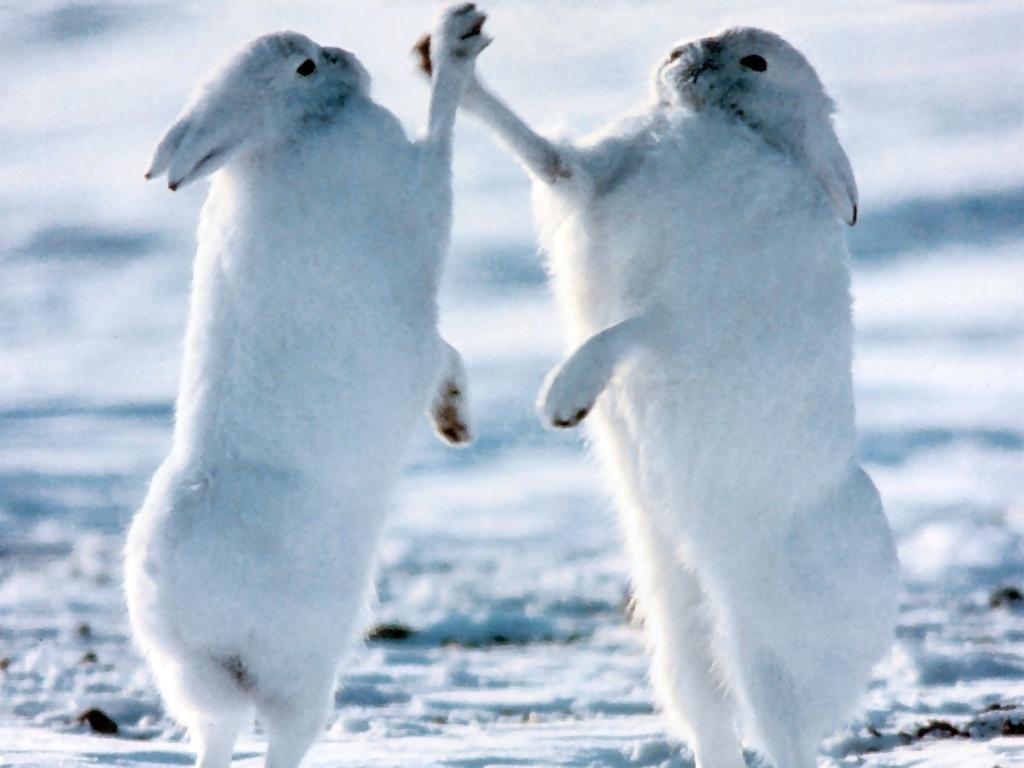
The Arctic is warming twice as fast as the Earth as a whole. The Arctic is vast - it spans about 11 square kilometres, yet around 4 million people live there. The harsh environment brings extreme conditions, winter darkness and very brief summers. The issue of climate change is one that's still being debated but one thing's for sure, climate change in the Arctic is real. Mathematical models produced show that in 100 years we could be looking at an Arctic, 3-6C higher than today. The spring snow thaw is now happening earlier, on top of warmer winters it's putting many species' lives at risk. As far as soils are concerned, the Arctic has a complete range - from rocky mineral soils and mountain areas to polar deserts. 22% of the Northern hemisphere has permafrost (snow that doesn't thaw throughout the year), the Arctic has most of the permafrost. In some locations the permafrost is 3 million years old and even about 1.5km thick. However because of climate change some of this permafrost is melting - along with its 3 million year history. Towards the south throughout much of the tundra (ecosystems where tree growth is limited because of low temperatures) when the permafrost thaws, surface ponds drain away. Although this doesn't sound like much of an issue, the ponds host billions of species such as insect larvae, migratory birds and the predators that feed on them. Having said that, in other areas, further North, the permafrost thaw can lead to the formation of new ponds - this of course increases the biodiversity. We can also learn more about the organisms that lived long ago, how they coped with climate change and we can learn more about our natural world. Above all, the Arctic is facing a new challenge - global warming and if we continue to lower our carbon dioxide emissions and work towards reducing climate change, it's not too late.

No comments:
Post a Comment